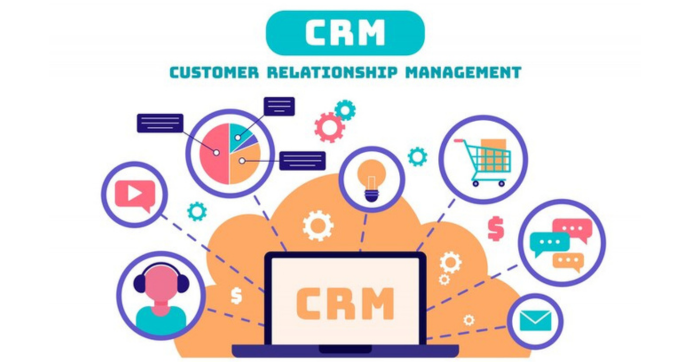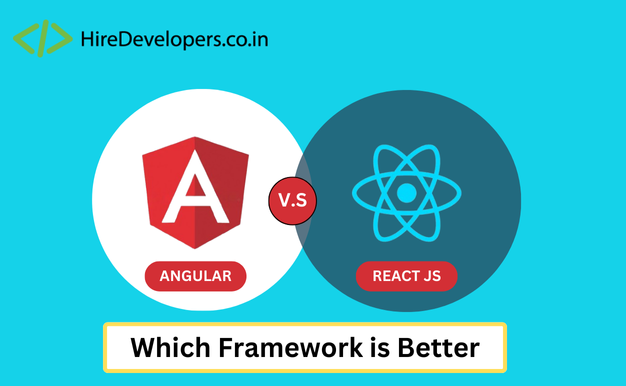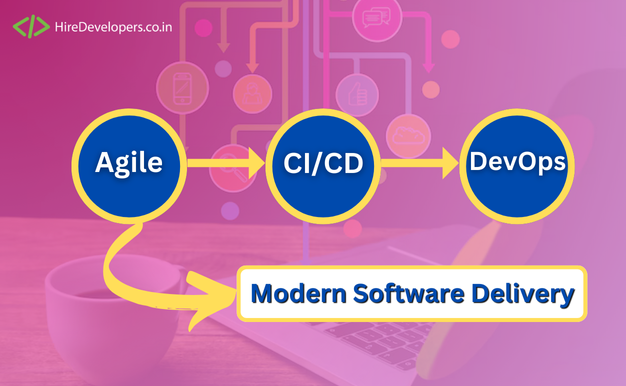October 16, 2024
Author: admin
What is CRM? Why Do We Need CRM Software?

Customer satisfaction is more important than ever. One way businesses ensure they keep their customers happy is by using Best CRM Software. But what exactly is CRM, and why do businesses of all sizes need it? Let’s break it down in simple terms.
What is CRM?
CRM stands for customer relationship management. At its core, it’s a strategy that helps businesses manage their relationships with customers and potential customers. CRM systems are designed to keep track of customer interactions, store important data, and help businesses stay connected with their customers.
Imagine this: You’re a small business owner, and you interact with dozens, if not hundreds, of customers every day. Remembering every customer’s preferences, issues, and previous conversations can be a nightmare, right? This is where CRM software steps in. It keeps everything in one place—making your life, and your customer’s experience, much smoother.

Why Do We Need CRM Software?
Now that you know what CRM is, let’s talk about why it’s so important for businesses, whether you run a small coffee shop or a large tech company.
1. Better Organization and Data Management
Every interaction your business has with a customer, whether it’s an email, phone call, or social media message, holds valuable information. With CRM software, you can store this information in one easy-to-access place. No more searching through hundreds of emails to find that one important detail—everything is neatly organized and ready to go.
Imagine using cloud CRM software where you can access customer data from anywhere—whether you’re at the office, at home, or on the go. Everything is synced in real-time, and your team can collaborate without missing a beat. No wonder businesses prefer cloud-based solutions to keep up in today’s fast-paced environment.
2. Improved Customer Service
When a customer reaches out with a question or issue, the last thing they want is to be passed around between different departments. CRM software allows your team to quickly pull up customer information, such as their previous orders, any problems they’ve had, and any past conversations. This makes it much easier to solve issues quickly and efficiently.
Customers love it when a business remembers them and knows their preferences. With the best CRM software, businesses can offer personalized experiences to each customer, making them feel valued and appreciated
3. Boosted Sales and Marketing
CRM software doesn’t just help with customer service—it also supercharges your sales and marketing efforts. How? By helping you track leads, follow up on potential customers, and make data-driven decisions.
For example, let’s say you run a promotion for a new product. Customer Relationship Management Tools can help you track which customers have shown interest, how many times they’ve interacted with your emails, and what actions they’ve taken afterward. You can then tailor your follow-ups to these leads, increasing the chances of making a sale. It’s like having a sales assistant who never forgets to follow up!
Many CRM solutions for small businesses come with built-in marketing tools, such as email templates and automation, making it easy for you to stay in touch with your audience without spending hours writing emails.
4. Better Collaboration Across Teams
In many businesses, different departments might be working on the same project but not always on the same page. CRM software helps bridge the gap by allowing teams to share customer information and updates. For instance, if the sales team needs to pass on important customer details to the support team, they can do so seamlessly through the CRM system.
This transparency ensures that everyone is working together toward the same goal: providing the best possible experience for the customer. Whether you’re using free CRM software or a more advanced paid version, this feature is a game-changer for improving communication and collaboration.
5. Automation of Tedious Tasks
Every business has those small, time-consuming tasks that no one enjoys doing. Whether it’s sending out follow-up emails, updating customer records, or generating reports, CRM software can handle it for you. Many CRM tools allow you to automate tasks, freeing up time for your team to focus on more important things—like closing deals and serving customers.
By automating repetitive tasks, your business can operate more efficiently, and employees can focus on what they do best. Plus, automation ensures nothing slips through the cracks, which is crucial for maintaining customer satisfaction.
Let’s Discuss Your Project
If you’re ready to explore your project’s potential, we offer a free consultation! Share your ideas with us, and let’s turn them into an amazing digital product.
Hire DevelopersTypes of CRM Software
Not all businesses are the same, so it’s no surprise that CRM software comes in different forms to suit different needs. Here are the main types:
1. Operational CRM
This type helps make customer interactions smoother by automating and improving the way businesses handle tasks that involve customers. It helps businesses manage customer interactions and sales pipelines more effectively.
2. Analytical CRM
Analytical CRMs dig deep into customer data to find trends and insights. This type is particularly helpful for making data-driven decisions in your marketing and sales strategies.
3. Collaborative CRM
Collaborative CRM helps break down silos between departments. It ensures that customer information flows freely between teams, improving the overall customer experience.
For businesses that are just starting or don’t have a large budget, free CRM software is a great option to test the waters and experience the benefits without a financial commitment.
How To Choose The Best CRM Software For Your Business Needs?
Choosing the right CRM can be overwhelming with so many options on the market. Here are some important things to remember when choosing one:
- Ease of Use: The CRM software should be easy to navigate and use for your team. Complicated systems can discourage usage and lead to missed opportunities.
- Scalability: Your CRM should grow with your business. Make sure the software you choose can handle more data and more users as your business expands.
- Customization: Every business is different. Look for a CRM that allows you to customize fields, workflows, and reports to fit your unique needs.
- Integration: Ensure the CRM integrates with the tools you’re already using, like your email marketing platform or accounting software.
- Customer Support: A good CRM provider will offer excellent customer support, so you’re never left in the dark if something goes wrong
Do You Need a Custom CRM Software?
If yes, we can help develop a tailored solution based on your business needs. Contact us today to learn more about the process!
Contact NowConclusion
CRM software is no longer just a nice-to-have tool for big businesses. It’s essential for businesses of all sizes, especially in today’s competitive market. Investing in the right CRM will help you stay organized, boost sales, and offer an exceptional customer experience. The key is to choose a solution that meets your specific needs and helps you build stronger, long-lasting relationships with your customers. After all, happy customers are the heart of a successful business!
Must Know-: How to Write an Effective Business Requirements Document
Related Article:-




